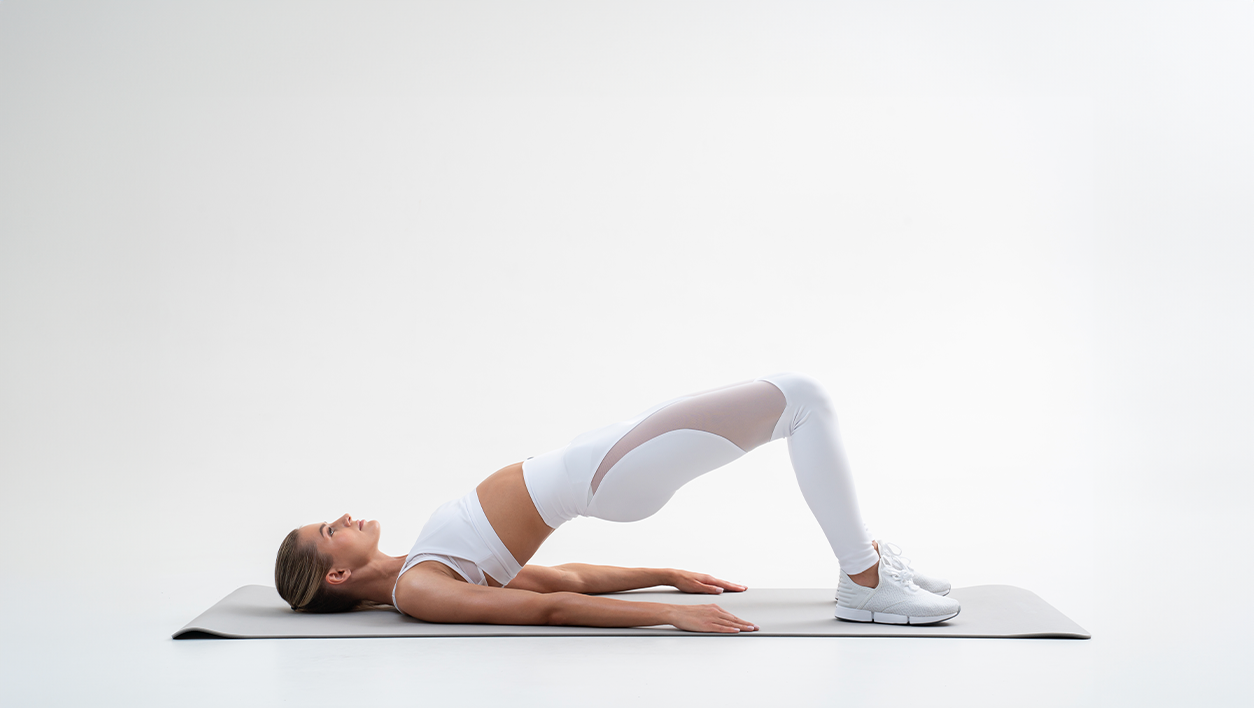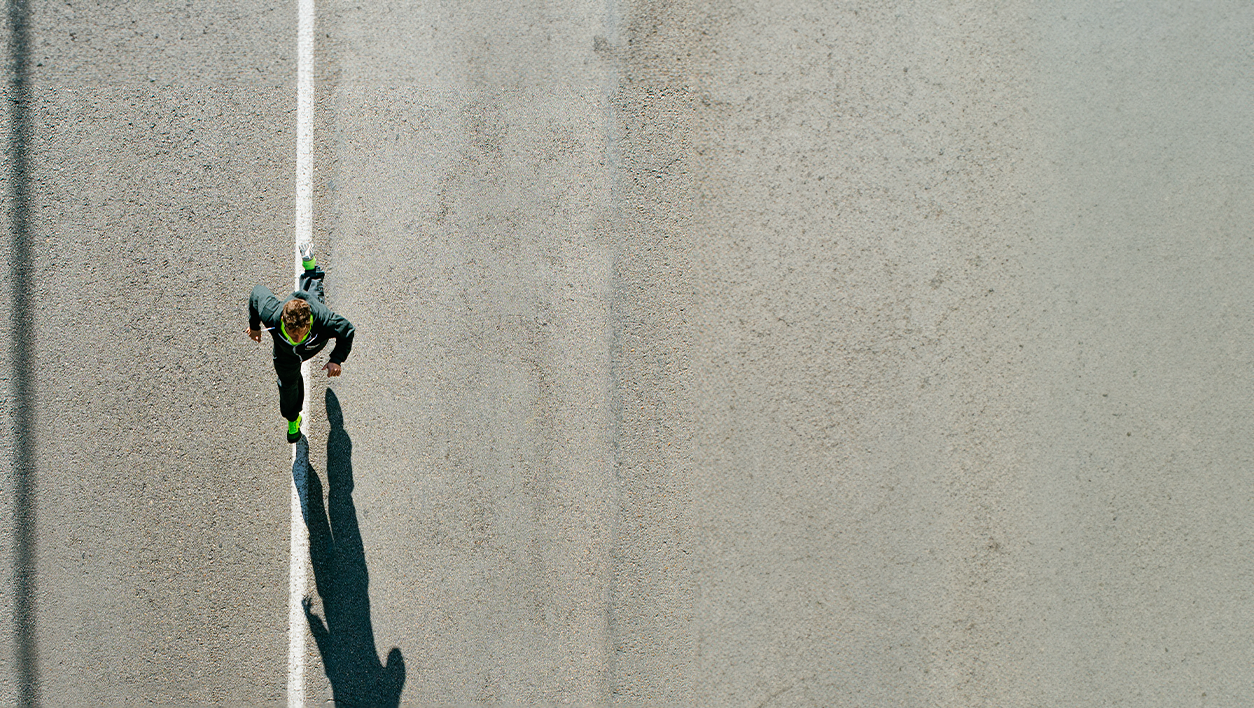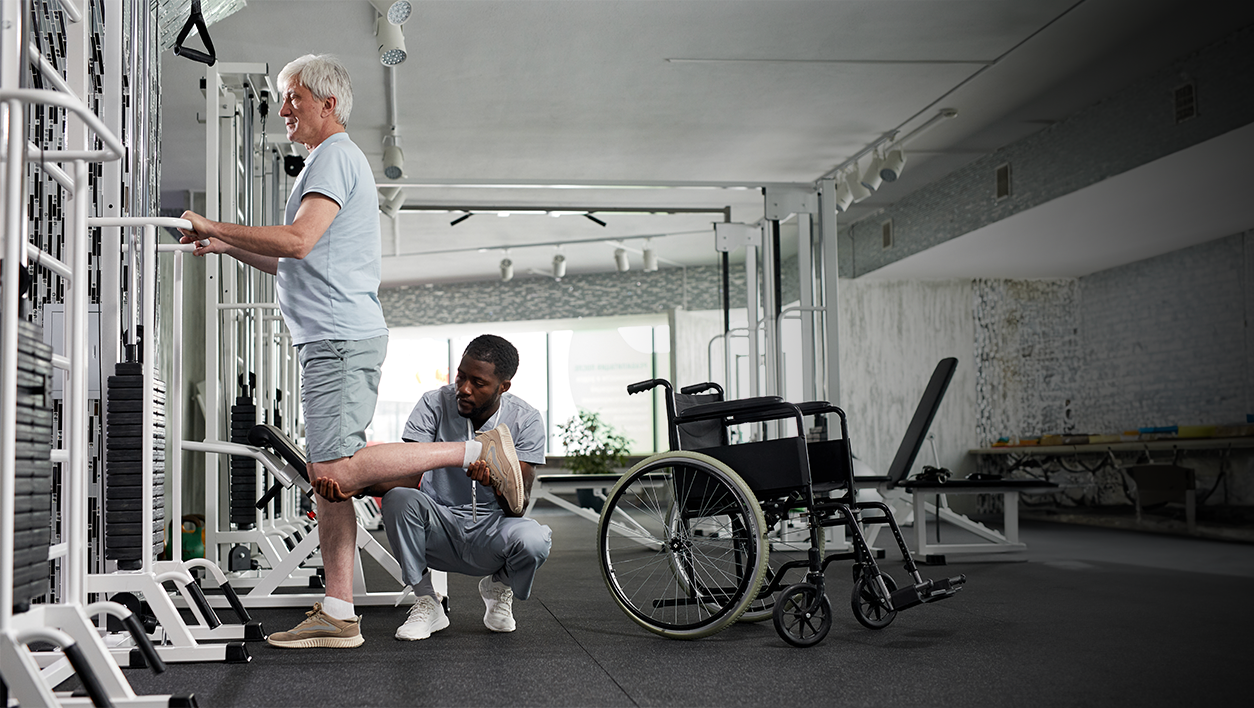
Runners Knee Hub
Runners Knee
Although this injury is frustrating, it is treatable. PFPS is a common knee injury that can affect runners and athletes.
It is often characterized by dull pain around the knee and is caused by overuse, bio-mechanical issues, or muscle imbalances.
Femur

Patella (Area of Pain)
Tibia

Gender Differences in the Incidence and Prevalence of Patellofemoral Pain Syndrome
A possible cause for anterior knee pain, which predominantly affects young female patients mainly without any structural changes such as increased Q-angle or chondral damage” (Petersen et al., 2013, p. 2264), but also can be found in male patients frequently. Patellofemoral pain syndrome is linked with vastus medialis/vastus lateralis disbalance, and tightness of the hamstring or iliotibial tract tension. The pathogenesis of this syndrome is multifactorial with copious disorders of the lower extremity being involved. The article detailly explained and summarized evidence of patella tracking in patients with PFPS and outlined the best treatment method for this condition (Petersen et al., 2013).


As prespecified, female participants have 2.23 times more the incidence of experiencing this symptom compared with male participants. Researchers hypothesize that there are several biomechanical and anatomical alignment factors that could lead to the growing incidence of PFPS in females compared with males. Includes differences between genders on the measurements of Q-angle, lower extremity muscle strength, and dynamic frontal plane alignment (Boling, Padua, et al., 2010).
Boling, M., Padua, D., Marshall, S., Guskiewicz, K., Pyne, S., & Beutler, A. (2010, October). Gender differences in the incidence and prevalence of patellofemoral pain syndrome. Scandinavian Journal of Medicine & Science in Sports. https://www.ncbi.nlm.nih.gov/pmc/articles/PMC2895959/

References
- Clinical evaluations show that females- 62% of cases are at a significantly higher risk of encountering patellofemoral pain syndrome than males- 38% of cases. Anatomic, hormonal aspects knee laxity, and neuromuscular factors present a greater risk. Considering the sex-specific kinematic disparity between female and male runners, and the relation between patellofemoral joint stress along with abnormal kinematic mechanisms. It's resonable that female runners would be experincing with a higher occurance of patellofemoral disorder compared with their male counterparts.
Petersen, W., Ellermann, A., Gösele-Koppenburg, A., Best, R., Rembitzki, I. V., Brüggemann, G.-P., & Liebau, C. (2014, October). Patellofemoral pain syndrome. Knee surgery, sports traumatology, arthroscopy : official journal of the ESSKA. https://www.ncbi.nlm.nih.gov/pmc/articles/PMC4169618/


How does this translate to preventing patellofemoral pain syndrome?
References
Ferber, Reed, PhD,A.T.C., C.A.T.(C.), Kendall, Karen D,M.Kin, C.A.T.(C.), & Farr, L. (2011). Changes in knee biomechanics after a hip-abductor strengthening protocol for runners with patellofemoral pain syndrome. Journal of Athletic Training, 46(2), 142-9. Retrieved from https://www.ezproxy.library.unlv.edu/login?url=https://www.proquest.com/scholarly-journals/changes-knee-biomechanics-after-hip-abductor/docview/857434271/se-2
Smith, B. E., Selfe, J., Thacker, D., Hendrick, P., Bateman, M., Moffatt, F., Rathleff, M. S., Smith, T. O., & Logan, P. (2018, January 11). Incidence and prevalence of patellofemoral pain: A systematic review and meta-analysis. National Library of Medicine. https://www.ncbi.nlm.nih.gov/pmc/articles/PMC5764329/#:~:text=Knee%20pain%20is%20the%20second,to%2045%25%20%5B5%5D.
Xie, P., István, B., & Liang, M. (2022). The Relationship between Patellofemoral Pain Syndrome and Hip Biomechanics: A Systematic Review with Meta-Analysis. Healthcare, 11(1), NA. https://link-gale-com.ezproxy.library.unlv.edu/apps/doc/A744639450/AONE?u=unlv_main&sid=bookmark-AONE&xid=6a01eac1
When looking at a hip-abduction strengthening program, “patients with patellofemoral pain syndrome increased muscle strength and displayed decreases in both pain and stride-to-stride knee-joint variability” (Ferber et al., 2011). Doing hip-strengthening exercises is no cure for PFPS, but can help ease one’s knee pain. This hip-strengthening program used only contained two exercises using a resistance band and lasted just three weeks. Incorporating hip-abductor muscle strengthening into PFPS rehabilitation is important in improving knee pain.
We should be doing everything in our power to prevent injuries from happening, using exercises and preventative measures. Some of the best ways to help prevent patellofemoral pain syndrome are through exercise and strengthening our hips. To see some examples of hip-strengthening exercises, look here. This website demonstrates each exercise so anyone can learn how to do them. Here are some additional tips on how to prevent patellofemoral pain syndrome.
Anatomy of the Knee
Anatomy of the Knee
The knee is a complex joint crucial for movement and stability, consisting of bones, ligaments, tendons, and cartilage. According to research-based articles, the knee joint is formed by the femur, tibia, and patella, which articulate and are stabilized by ligaments. The ligaments include the anterior cruciate ligament (ACL), posterior cruciate ligament (PCL), medial collateral ligament (MCL), and lateral collateral ligament (LCL), maintaining joint integrity. The knee also contains menisci—C-shaped fibrocartilage discs—providing cushioning and load distribution. Muscles and tendons surrounding the knee, such as the quadriceps and patellar tendons, facilitate movement and stability. Understanding the intricate anatomy of the knee is crucial for diagnosing and treating various knee-related conditions (Source: Arthritis Foundation; Mayo Clinic). Now that you know the basic anatomy of the knee, Runner's knee, medically known as patellofemoral pain syndrome, is characterized by dull pain felt around the front of the knee, specifically where the knee joint meets the lower end of the thigh bone. This condition is commonly experienced by runners but can also affect individuals engaged in other activities involving repetitive knee movements. The pain may be caused by factors such as overuse, misalignment of the patella, muscle imbalances, or issues with the joint's cartilage. It is important to seek proper diagnosis and treatment for runner's knee to address the underlying causes and alleviate pain (Patellofemoral pain syndrome (Runner's knee 2023). Some surgical procedures are Medial Parapatellar Approach, MidVastus Approach and SubVastus Approach ((Manning BT;Frank RM;Wetters NG;Bach BR;Rosenberg AG;Levine BR;). That might sound confusing but these surgical techniques can help improve runner's knee and help to better your overall lifestyle

References
Manning BT;Frank RM;Wetters NG;Bach BR;Rosenberg AG;Levine BR; (n.d.). Surgical anatomy of the knee a review of common open approaches. Bulletin of the Hospital for Joint Disease (2013). https://pubmed.ncbi.nlm.nih.gov/27620546/
Patellofemoral pain syndrome (Runner’s knee). JHM. (2023, March 3). https://www.hopkinsmedicine.org/health/conditions-and-diseases/patellofemoral-pain-syndrome-runners-knee
Manning BT;Frank RM;Wetters NG;Bach BR;Rosenberg AG;Levine BR; (n.d.). Surgical anatomy of the knee a review of common open approaches. Bulletin of the Hospital for Joint Disease (2013). https://pubmed.ncbi.nlm.nih.gov/27620546/


References
Physical therapy is an important factor for rehabilitating people with Patellofemoral Knee pain syndrome. This pain comes from repetitive knee flexion during weight-bearing activities like running (runner’s knee), prolonged sitting, walking up stairs, squatting, kneeling and jumping. People who are more physically active are more likely to experience Patellofemoral Knee pain so it is beneficial to help them improve so that they can stay active. Knee injuries in youth-sports can lead to a decreased amount of physical activity 3-12 years later (Crossley et al., 2005). Staying active and strengthening knees after injuries is a helpful way to stay consistent with physical activity over time. Also, it is good to learn about and to do exercises to prevent Patellofemoral Knee pain. Physical therapists assess patients with knee and hip targeted exercises that reduce knee pain over time. Some of these exercises include weight-bearing squats, knee extensions, and stair ambulation (walking up and down stairs). Patients with improved knee flexion had reduced pain with knee flexion compared to patients who did not do these exercises.
Interview


